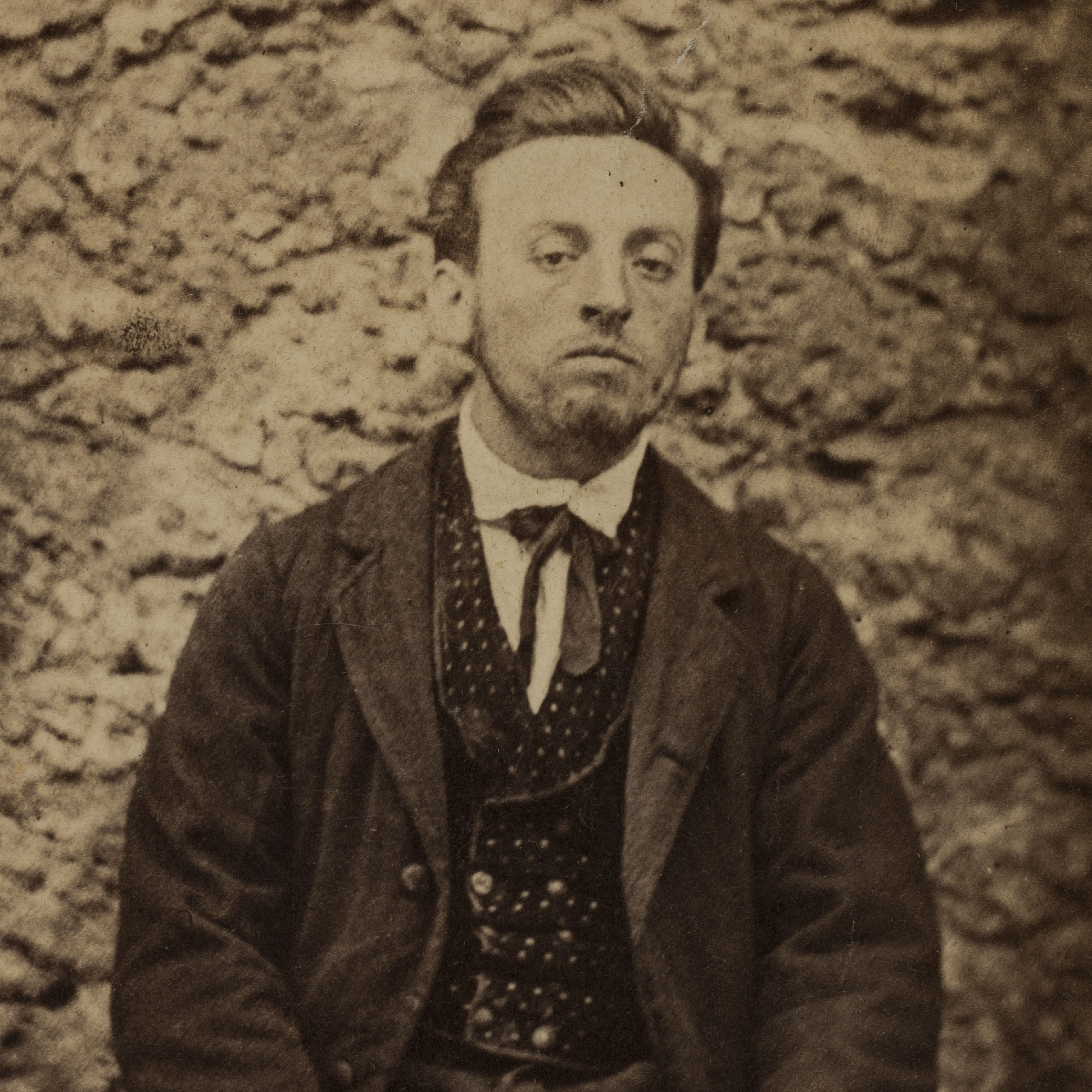
1849 - 1870
Jean-Baptiste Troppmann
Summary
Name:
Jean-Baptiste TroppmannYears Active:
1869Birth:
October 05, 1849Status:
ExecutedClass:
MurdererVictims:
8Method:
Bludgeoning / Stabbing / Poisoning / StrangulationDeath:
January 19, 1870Nationality:
France
1849 - 1870
Jean-Baptiste Troppmann
Summary: Murderer
Name:
Jean-Baptiste TroppmannStatus:
ExecutedVictims:
8Method:
Bludgeoning / Stabbing / Poisoning / StrangulationNationality:
FranceBirth:
October 05, 1849Death:
January 19, 1870Years Active:
1869Date Convicted:
December 30, 1869bio
Jean-Baptiste Troppmann was born on October 5, 1849, in Alsace, France, during a time of rising industrialization and political unrest. Not much is known about his early childhood in detail, but as he grew older, Troppmann was recognized for being intelligent, cunning, and mechanically inclined. He reportedly worked in various manual labor jobs, including factory work, and was known to have a talent for forging documents and signatures.
As a young adult, Troppmann became increasingly obsessed with the idea of gaining wealth quickly. Rather than pursuing legitimate means of income, he began plotting ways to defraud others. His primary target became Jean Kinck, a middle-aged industrialist and acquaintance of Troppmann’s. Kinck trusted him enough to involve him in personal and business affairs, which would prove to be a fatal mistake. Troppmann began forging documents in Kinck’s name and concocted a plan to eliminate Kinck and his entire family in order to seize their assets.
murder story
The Troppmann case began to unfold on August 24, 1869, when Jean-Baptiste Troppmann murdered Jean Kinck near the city of Pantin. He lured Kinck there under the pretense of a business meeting. Once isolated, Troppmann murdered him using a combination of stabbing and bludgeoning, and buried the body in a shallow grave. After successfully killing the father, Troppmann then targeted the rest of the Kinck family, including Kinck’s wife and their six children, whose ages ranged from 2 to 16 years old.
Between August 24 and September 19, 1869, Troppmann carried out the remaining murders. He used deceit to convince Madame Kinck to travel with the children, claiming that Jean Kinck had sent for them. When he gained their trust, Troppmann murdered them in a similar manner, burying the bodies in the same area. These killings took place over a period of several weeks. His goal was to eliminate all heirs to the Kinck fortune, allowing him to take over their financial holdings using forged documents he had already prepared.
Troppmann’s crimes were eventually discovered when the bodies were unearthed in the area of Pantin, causing public outrage and a massive police investigation. Troppmann attempted to flee France and was arrested at the port of Le Havre in late September 1869, just as he was preparing to board a ship bound for the Americas.
His trial was swift and highly publicized. Over the course of three days, from December 27 to December 30, 1869, the court reviewed evidence, including forged documents, witness testimonies, and physical proof linking Troppmann to the murders. The brutality of the crimes and the ages of the victims shocked the entire nation. On December 30, 1869, Troppmann was convicted of the murders of eight members of the Kinck family.
On the morning of January 19, 1870, Jean-Baptiste Troppmann was publicly executed by guillotine outside the gates of La Roquette Prisons in Paris. The execution drew a massive crowd and was covered extensively by the French press. In fact, the murder case became a milestone in media history. Newspapers like Le Petit Journal experienced record sales, with over half a million copies sold on the day of Troppmann’s execution.